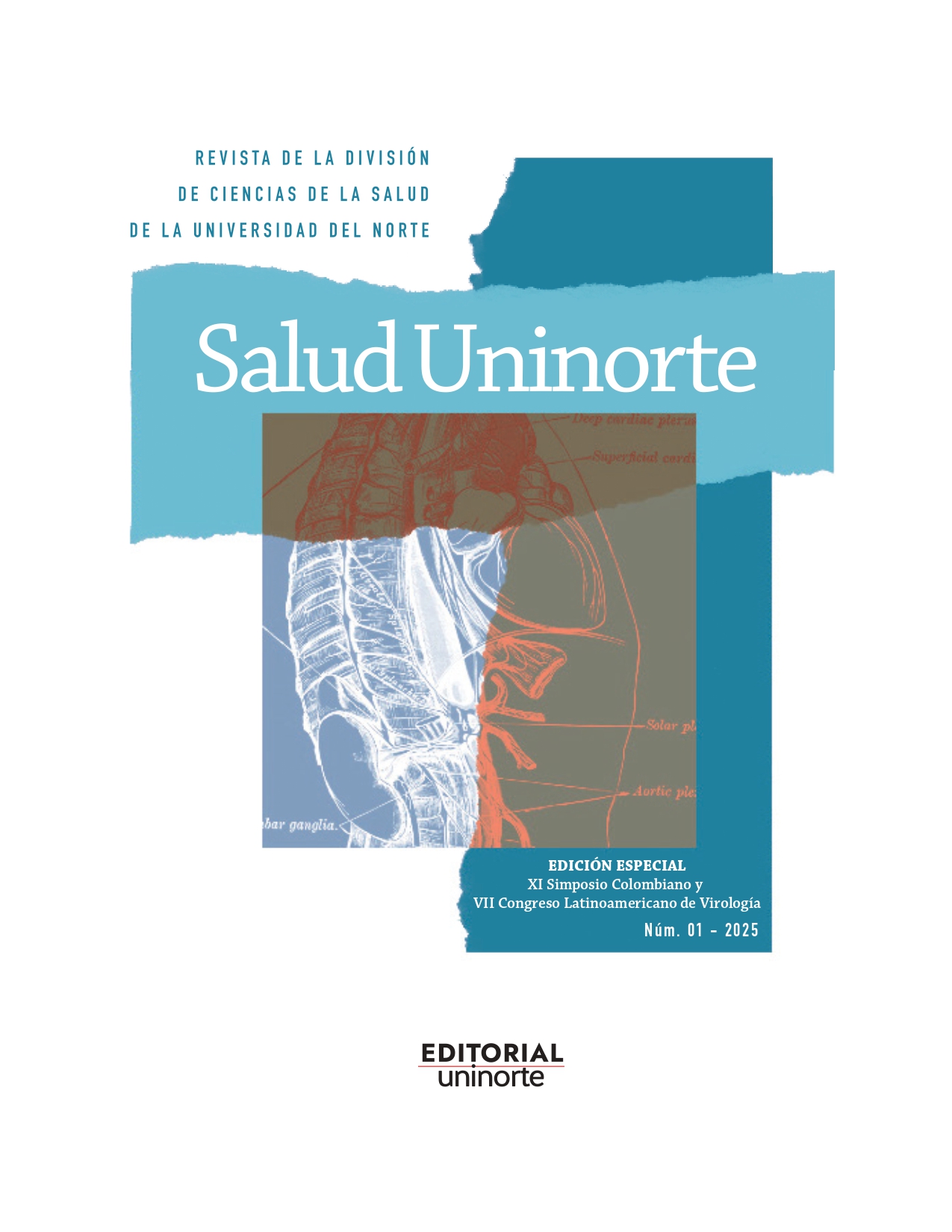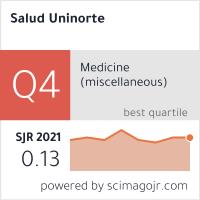Highly Pathogenic Avian Influenza H5N1 in Wild and Domestic Birds: A Systematic Review and Meta-Analysis
DOI:
https://doi.org/10.14482/sun.01.303.870Palabras clave:
H5N1, birds, Highly Pathogenic Avian Influenza, meta-analysis, one health, zoonosis.Resumen
Introduction: Highly Pathogenic Avian Influenza (HPAI) H5N1, a zoonotic virus primarily affecting birds, has shown increasing cross-species transmission, leading to high global concern. Thus, the objective of this study is to assess the global prevalence and characteristics of H5N1 infections in wild and domestic birds through a systematic review and meta-analysis.
Methods: Following PRISMA guidelines, we conducted a systematic search across PubMed, Scopus, and Web of Science up to 1 August 2025. Observational studies reporting the prevalence or seroprevalence of H5N1 in wild and domestic birds were included. Data extraction and quality assessment were performed independently by four reviewers. Meta-analyses were conducted using a random-effects model, and heterogeneity was assessed via I2 statistics.
Results: Two hundred twenty-one studies (161 for wild birds and 60 for domestic ones) met the inclusion criteria and were included in the meta-analysis (n = 490,984 birds, 69.5% wild). The pooled global prevalence of wild bird infections due to H5N1 influenza in individual sampling/testing studies using RT-PCR was 0.1% (95%CI: 0.09-0.2%), with moderate heterogeneity (I2 = 59.9%). Conversely, the pooled global prevalence of wild bird infections due to H5N1 influenza in pool sampling/testing studies using RT-PCR was 0.4% (95%CI: 0.2-0.7%), with high heterogeneity (I2 = 79.3%). The pooled global prevalence of domestic bird infections due to H5N1 influenza in individual sampling/testing studies using RT-PCR was 1.4% (95%CI: 1.2-1.6%), with high heterogeneity (I2 = 97.8%). Finally, the pooled global prevalence of domestic bird infections due to H5N1 influenza in pool sampling/testing studies using RT-PCR was 3.4% (95%CI: 2.3-4.6%), with high heterogeneity (I2 = 96.7%).
Conclusions: Although the overall prevalence is low, H5N1 infection in birds is concerning, especially among domestic ones, with the highest prevalence rates. Crucially, their close contact with humans and other animals highlights the need for enhanced surveillance, diagnostics, and One Health strategies to mitigate zoonotic risks.
Publicado
Cómo citar
Número
Sección
Licencia
(COPIE Y PEGUE EL SIGUIENTE TEXTO EN UN ARCHIVO TIPO WORD CON TODOS LOS DATOS Y FIRMAS DE LOS AUTORES, ANEXE AL PRESENTE ENVIO JUNTO CON LOS DEMAS DOCUMENTOS)
AUTORIZACIÓN PARA REPRODUCCIÓN, USO, PUBLICACIÓN Y DIVULGACIÓN DE UNA OBRA LITERARIA, ARTISTICA O CIENTIFICA
NOMBRE DE AUTOR y/o AUTORES de la obra y/o artículo, mayor de edad, vecino de la ciudad de , identificado con cédula de ciudadanía/ pasaporte No. , expedida en , en uso de sus facultades físicas y mentales, parte que en adelante se denominará el AUTOR, suscribe la siguiente autorización con el fin de que se realice la reproducción, uso , comunicación y publicación de una obra, en los siguientes términos:
1. Que, independientemente de las reglamentaciones legales existentes en razón a la vinculación de las partes de este contrato, y cualquier clase de presunción legal existente, las partes acuerdan que el AUTOR autoriza de manera pura y simple a La UNIVERSIDAD DEL NORTE , con el fin de que se utilice el material denominado en la Revista
2. Que dicha autorización se hace con carácter exclusivo y recaerá en especial sobre los derechos de reproducción de la obra, por cualquier medio conocido o por conocerse, comunicación pública de la obra, a cualquier titulo y aun por fuera del ámbito académico, distribución y comercialización de la obra, directamente o con terceras personas, con fines comerciales o netamente educativos, transformación de la obra, a través del cambio de soporte físico, digitalización, traducciones, adaptaciones o cualquier otra forma de generar obras derivadas. No obstante lo anterior, la enunciación de las autorizaciones es meramente enunciativa y no descartan nuevas formas de explotación económica y editorial no descritas en este contrato por parte del AUTOR del artículo, a modo individual.
3. Declara que el artículo es original y que es de su creación exclusiva, no existiendo impedimento de ninguna naturaleza para la autorización que está haciendo, respondiendo además por cualquier acción de reivindicación, plagio u otra clase de reclamación que al respecto pudiera sobrevenir.
4. Que dicha autorización se hace a título gratuito.
5. Los derechos morales de autor sobre el artículo corresponden exclusivamente al AUTOR y en tal virtud, la UNIVERIDAD se obliga a reconocerlos expresamente y a respetarlos de manera rigurosa.
EL AUTOR
















